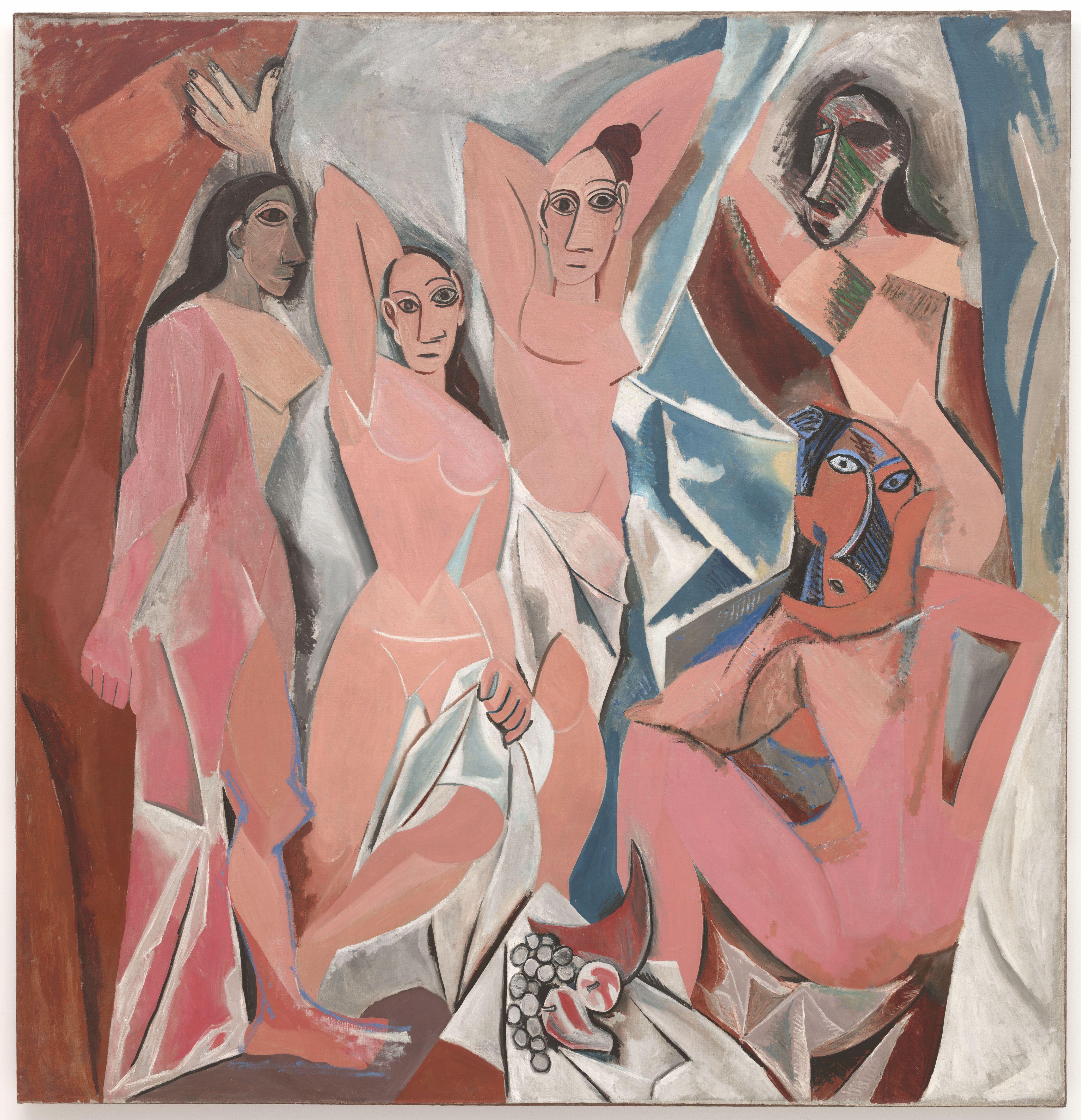History of Art
- Introduction to Art History
- Byzantine Art
- Islamic Art
- Renaissance Art
- Baroque and Rococo Art
- Impressionism and Post-Impressionism
- Modernism
- Postwar & Contemporary Art
- Art of Africa & Oceania
- Art of the Americas
Modernism
Picasso, Dalí and Other Pioneers of Modernism

Movement of art, culture, philosophy and architecture.
Modernism, a revolutionary movement that spanned all of the creative arts, brought about a radical shift in aesthetic and cultural sensibilities in the late 19th and early 20th centuries. This unit focuses on the key figures of this movement, including Pablo Picasso, Salvador Dalí, and other pioneers who played a significant role in shaping the course of modern art.
Pablo Picasso
Born in 1881, Pablo Picasso was a Spanish painter, sculptor, printmaker, ceramicist, and stage designer who spent most of his adult life in France. He is best known for co-founding the Cubist movement and for his contributions to Symbolism and Surrealism. Picasso's work is characterized by his innovative use of form, color, and perspective.
Picasso's artistic career is usually divided into several periods. The most notable are the Blue Period (1901–1904), the Rose Period (1904–1906), the African art-inspired Period (1907–1909), Analytic Cubism (1909–1912), and Synthetic Cubism (1912–1919). His most famous works include "Les Demoiselles d'Avignon" and "Guernica," which are seen as seminal works in the development of modern art.
Salvador Dalí
Salvador Dalí, born in 1904, was a prominent Spanish surrealist artist known for his technical skill, precise draftsmanship, and the striking and bizarre images in his work. Dalí's artistic repertoire included painting, graphic arts, film, sculpture, design, and photography, among other mediums.
Dalí was heavily influenced by Freudian psychoanalysis, which led him to explore the dream and the subconscious in his art, a practice that became known as his "paranoiac-critical method." His best-known work, "The Persistence of Memory," with its melting clocks and barren landscape, remains an iconic piece of the Surrealist movement.
Other Pioneers of Modernism
Several other artists made significant contributions to the Modernist movement. Henri Matisse, a French artist known for his use of color and his fluid and original draughtsmanship, was a draughtsman, printmaker, and sculptor, but is known primarily as a painter. His work spanned over half a century and he was instrumental in the development of Fauvism.
Wassily Kandinsky, a Russian painter and art theorist, is credited with painting one of the first recognized purely abstract works. His artistic output, which spans an impressive four decades, explores the relationship between color and form.
Piet Mondrian, a Dutch painter and theoretician, is known for being one of the pioneers of 20th-century abstract art, as he changed his artistic direction from figurative painting to an increasingly abstract style, until he reached a point where his artistic vocabulary was reduced to simple geometric elements.
These artists, each in their unique way, challenged the conventions of the art world and paved the way for future generations of artists. Their innovative approaches to form, color, and composition continue to influence the course of art history.